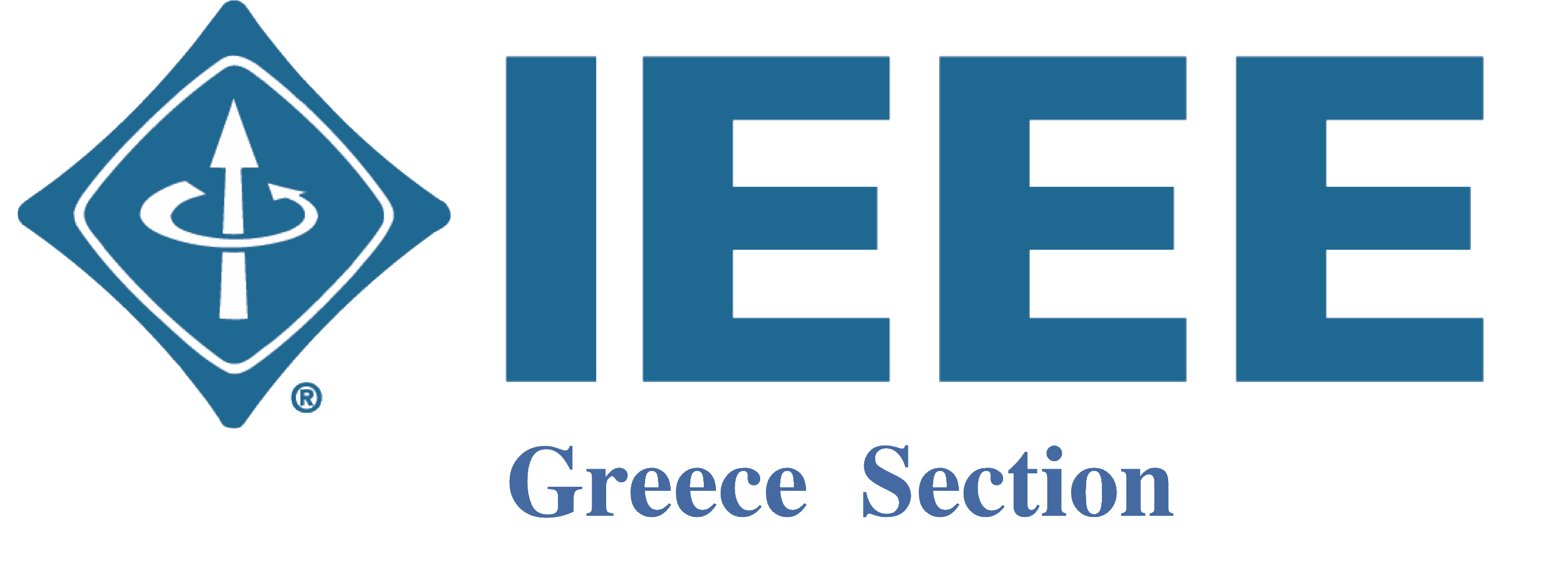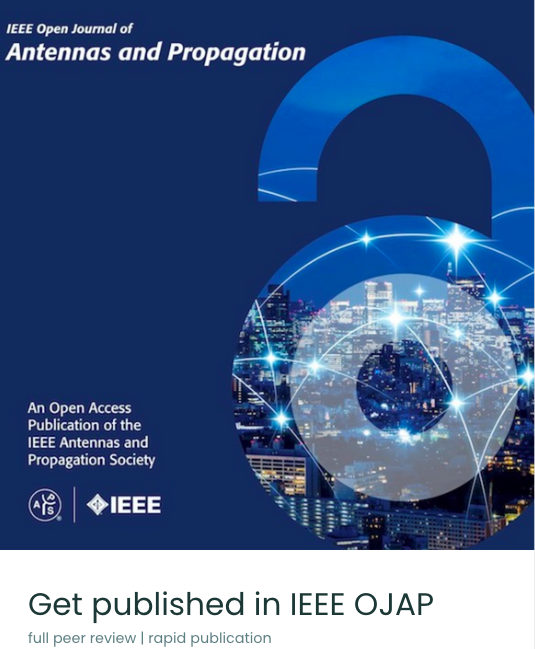Plenary and Keynote Session Speeches:
Prof. Ronald Tetzlaff, Institute of Circuits and Systems, TU Dresden, Germany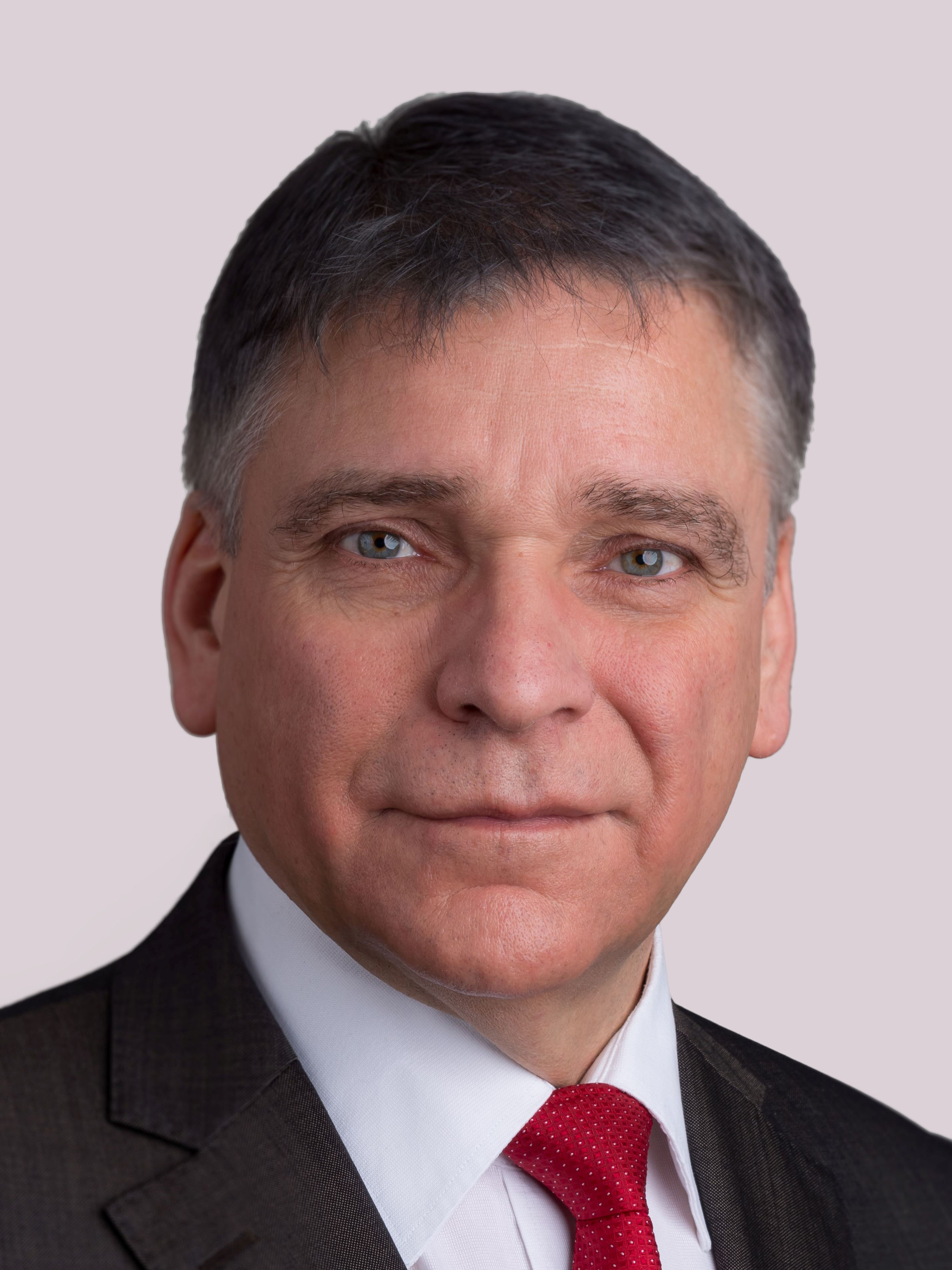
Title: How to program a memristor for high frequency inputs?
Short CV:
Ronald Tetzlaff is a Full Professor of Fundamentals of Electrical Engineering at the Technische Universtität Dresden, Germany. From 1999 to 2003 Ronald Tetzlaff was Associate Editor of the IEEE, Transactions on Circuits and Systems: part I. He was “Distinguished Lecturer” of the IEEE CAS Society (2001 to 2002). He is a member of the scientific committee of different international conferences. He was the chair of the 7th IEEE International Workshop on Cellular Neural Networks and their Applications (CNNA 2002) and organized several special sessions at circuit and systems related conferences. From 2005 to 2007 he was the chair of the IEEE Technical Committee Cellular Neural Networks & Array Computing. Ronald Tetzlaff is a member of the Informationstechnische Gesellschaft (ITG) and the German Society of Electrical Engineers and of the German URSI Committee. Ronald Tetzlaff is in the Editorial Board of the International Journal of Circuit Theory and Applications since 2007 and he is also in the Editorial Board of the IEEE, Transactions on Circuits and Systems: part II since 2016. He was Associate Editor of the AEÜ – International Journal of Electronics and Communications from 2008 to 2016. Ronald Tetzlaff was the chair of the 18th IEEE Workshop on Nonlinear Dynamics of Electronic Systems (NDES 2010), the chair of the 5th International Workshop on Seizure Prediction (IWSP5 2012) , the chair of the 21st European Conference on Circuit Theory and Design (ECCTD 2013), the chair of the 5th Memristor and Memristive Symposium 2016, and of the 15th IEEE International Workshop on Cellular Nanoscale Networks and their Applications (CNNA 2016). Since 2014 he serves as the leader of working group 2 (Memristor Theory, Modelling and Simulation) in the EU COST action MemoCIS (IC 1401) on Memristors – Devices, Models, Circuits, Systems and Applications. Ronald Tetzlaff serves as a reviewer for several journals and for the European Commission.
Prof. Andrea Massa, IEEE Fellow, University of Trento, Italy
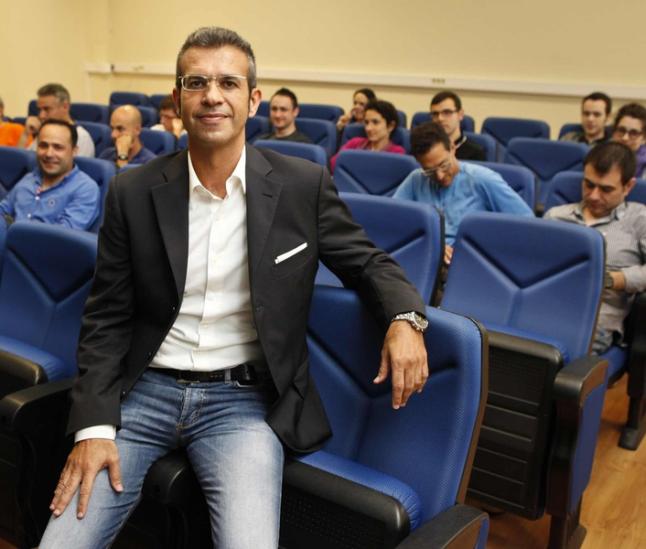
Title: Some insights on the Implementation of the smart EM environment - Scenarios, Architectures, Devices, and Planning
Abstract:
Future wireless applications and services such as autonomous vehicles, real-time remote health care, and intelligent industrial automation will require higher capacity, lower latency, and higher reliability than those achievable with the current wireless coms standard. Moreover, the need to provide a massive access and ubiquitous wireless coverage will also impose severe energy-efficiency constraints. The wireless infrastructures for future generation mobile communications systems will have to fit such challenging requirements for guaranteeing unprecedented link performance levels, while minimizing the complexity, the power consumption, and the costs of the communication architecture.
Therefore, new architectural solutions, alternative to the classical approaches that achieve better coverage and higher data throughput by using more power and more emissions of electromagnetic waves, are required because of the electromagnetic congestion.
The implementation of a Smart Electromagnetic Environment, as an evolution of the standard concepts of wireless infrastructure and wireless channel, could be a possible answer. Indeed, while traditional communication systems focus the radiated power along the direction of the end-user terminals in order to maximize the link quality and the overall system capacity by increasing standard LOS parameters, the maximization of the signal-to-noise ratio for next generation wireless networks can be yielded by spatially distributing the radiated power to constructively exploit the wave scattering phenomena in the multi-path propagation environment. Whether in the past
the scatterers and objects present in the environment were considered as obstructions and blockage structures for the EM signal propagation, it is now mandatory to introduce holistic wireless network design concepts in which the environment plays a fundamental role since it is becoming an essential degree-of-freedom (DoF) for the wireless planning and system design.
This talk will review these theoretical and technological trends by also dealing with the complex task of planning such a heterogeneous electromagnetic scenario (i.e., BTS, IAB nodes, smart repeaters, RIS, EM Skins, etc...) to achieve the user requirements
with cost-effective integrated solutions. Future applications of such a smart EM
environment will be also envisaged, as well.
Short CV:
Andrea Massa (IEEE Fellow, IET Fellow, Electromagnetic Academy Fellow) he has been a Full Professor of Electromagnetic Fields @ University of Trento since 2005.
At present, Prof. Massa is the director of the network of federated laboratories "ELEDIA Research Center" located in Brunei, China, Czech, France, Greece, Italy, Japan, Perù, Tunisia with more than 150 researchers. Moreover, he is holder of a Chang-Jiang Chair Professorship @ UESTC (Chengdu – China), Visiting Research Professor @ University of Illinois at Chicago (Chicago – USA), Visiting Professor @ Tsinghua (Beijing - China), and Professor @ CentraleSupélec (Paris - France). He has been holder of a Senior DIGITEO Chair at L2S-CentraleSupélec and CEA LIST in Saclay (France), UC3M-Santander Chair of Excellence @ Universidad Carlos III de Madrid (Spain), Adjunct Professor at Penn State University (USA), Guest Professor @ UESTC (China), and Visiting Professor at the Missouri University of Science and Technology (USA), the Nagasaki University (Japan), the University of Paris Sud (France), the Kumamoto University (Japan), and the National University of Singapore (Singapore). He has been appointed IEEE AP-S Distinguished Lecturer (2016-2018) and served as Associate Editor of the "IEEE Transaction on Antennas and Propagation" (2011-2014). His research activities are mainly concerned with inverse problems, antenna analysis/synthesis, radar systems and signal processing, cross-layer optimization and planning of wireless/RF systems, system-by-design and material-by-design (metamaterials and reconfigurable- aterials), and theory/applications of optimization techniques to engineering problems (coms, medicine, and biology). Prof. Massa published more than 900 scientific publications among which more than 350 on international journals (> 14.700 citations – h-index = 63 [Scopus]; > 12.000 citations – h-index = 58 [ISI- oS]; > 23.900 citations – h-index = 88 [Google Scholar]) and more than 570 in international conferences where he presented more than 210 invited contributions (> 50 invited keynote speaker) (www.eledia.org/publications). He has organized more than 100 scientific sessions in international conferences and has participated to several technological projects in the national and international framework with both national agencies and companies (18 international prj, > 5 M€; 8 national prj, > 5 M€; 10 local prj, > 2 M€; 63 industrial prj, > 10 M€; 6 university prj, > 300 K).
Dr Ing. habil. Alon Ascoli, IEEE Senior Member, Chair of Fundamentals of Electrical Engineering, TU Dresden, Germany
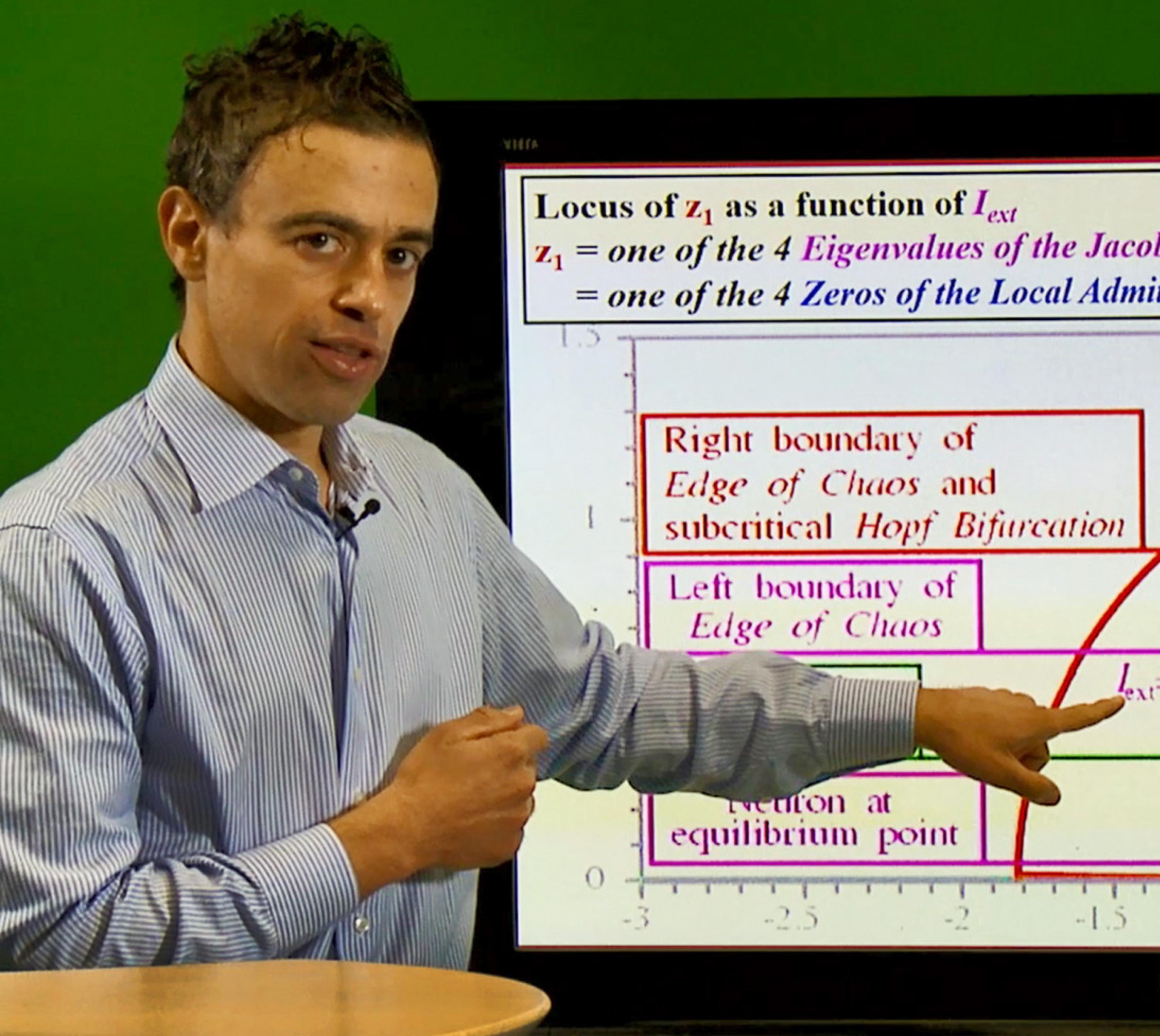
Title: Edge of Chaos Theory Sheds Light into the Emergence of a Fundamental Bifurcation Phenomenon in Neuronal Axon Membranes
Abstract:
The origin for emergent phenomena in non-isolated physical media, e.g. the propagation of a train of all-or-none electrical spikes across a biological neuronal network [1], or the destabilization of the homogeneous solution in reaction-diffusion cellular arrays [2]-[5], may only be explained by recurring to the universal theory of Local Activity [6], and particularly, to its fundamental Physics Principle, referred to as Edge of Chaos [7]. More specifically, complex phenomena may appear in a physical system, let interact with its external environment, if and only if the physical system itself may be poised on the Edge of Chaos, which implies its polarization on some asymptotically stable operating point, around which amplification of infinitesimal fluctuations in energy is possible. The Physics Principle of the Edge of Chaos, extending the Second Law of Thermodynamics to non-isolated physical systems, is invoked in this presentation to elucidate the mechanisms, underlying the emergence of a fundamental bifurcation phenomenon in neuronal axon membranes. Concepts from Circuit and System Theory are also employed to complement the small-signal analysis with global behavior investigations, enabling to draw a complete picture of the complex nonlinear dynamics of these biological structures [8]. This work sheds light into the powerful capability of concepts and methods from the quantitative Theory of the Edge of Chaos to guide scientists toward the resolution of open questions on emergent phenomena in nature.
Bibliography:
[1] L.O. Chua, V. Sbitnev, and H. Kim, “Neurons are Poised near the Edge of Chaos”, International Journal of Bifurcation and Chaos, vol. 22, no. 4, 1250098, April 2012
[2] A. Ascoli, A.S. Demirkol, R. Tetzlaff, and L.O. Chua, “Edge of Chaos Theory Resolves Smale Paradox”, IEEE Trans. Circuits and Systems-I (TCAS-I): Regular Papers, vol. 69, no. 3, pp. 1252-- 1265, March 2022, DOI: 10.1109/TCSI.2021.3133627
[3] A. Ascoli, A.S. Demirkol, N. Schmitt, R. Tetzlaff, and L.O. Chua, “ Edge of Chaos Behind Bistability of the Inhomogeneous in Homogeneous Cellular Media,” Proc. of the IEEE Int. Conference on Metrology for Extended Reality, Artificial Intelligence and Neural Engineering (MetroXRAINE), Special Session on Ultra-low-power data sensing and processing based on artificial intelligence technologies, Rome (Italy), 26-28 October 2022
[4] A. Ascoli, A.S. Demirkol, R. Tetzlaff, and L.O. Chua, “Edge of Chaos is Sine Qua Non for Turing Instability”, IEEE Int. Trans. Circuits and Systems-I (TCAS-I): Regular Papers, vol. 69, no. 11, pp. 4596-4609, 2022, DOI: 10.1109/TCSI.2022.3194465
[5] A. Ascoli, A.S. Demirkol, R. Tetzlaff, and L.O. Chua, “Edge of Chaos Explains Prigogine's Instability of the Homogeneous”, IEEE Journal on Emerging and Selected Topics in Circuits and Systems (JETCAS), 2022, DOI: 10.1109/JETCAS.2022.3221156
[6] K. Mainzer, and L. O. Chua, “Local Activity Principle”, London, U.K., Imperial College Press, 2013
[7] L. O. Chua, “Local Activity is the Origin of Complexity,” Int. J. Bifurcation Chaos, vol. 15, no. 11, pp. 3435–3456, 2005 [8] A. Ascoli, A.S. Demirkol, R. Tetzlaff, and L.O. Chua, “Edge of Chaos Theory Explains the Origin for Fundamental Bifurcation Phenomena in Memristive Biological Systems,” IEEE Trans. Circuits and Systems-I (TCAS-I): Regular Papers, under review.
Short CV:
Alon Ascoli (Senior IEEE Member) received the German Habilitation as Full Professor in 2022 (field of expertise: Nonlinear Circuit Theory), a Ph.D. Degree in Electronic Engineering from University College Dublin in 2006, and a First Class Honours Master of Science Degree in Electronic Engineering from Universita' degli Studi Roma Tre in 2001. He is affiliated with Technische Universität Dresden since 2012, where he holds a lifelong position as researcher and lecturer since 2018. He develops theoretical concepts enabling to harness disruptive nanotechnologies to overcome traditional circuits' limitations for applications of interest to the more-than-Moore electronics era. In 2017 he was conferred the habilitation title as Associate Professor in Electrical Circuit Theory from the Italian Ministry of Education. He is President of the IEEE Circuits and Systems (CAS) Cellular Nanoscale Networks and Memristor Array Computing (CNN-MAC) Technical Committee (TC) since 2021. He served as President of the IEEE CAS Cellular Nanoscale Networks and Array Computing (CNNAC) TC from 2019 to 2021. He was a Visiting Research Scholar at University of California Santa Cruz in 2019. In 2007 he was honoured with the International Journal of Circuit Theory and Applications (IJCTA) Best Paper Award for the manuscript “Modelling the dynamics of log-domain circuits”. In September 2020 and June 2022 he was conferred the Best Paper Award on Electronics at the International Conference on Modern Circuits and Systems Technologies (MOCAST) for the manuscripts entitled “Image Mem-Processing Bio-Inspired Cellular Arrays with Bistable and Analogue Dynamic Memristors”, and “SPICE Compact Model for an Analog Switching Niobium Oxide Memristor”, respectively. Since October 2020 he is Member of the IEEE Nanoelectronics and Gigascale Systems Technical Committee (Nano-Giga TC). He was the Chair of the 7th Memristor and Memristive Symposium, held in Catania (Italy), in 2021. He is the Guest Co-Editor for the Special Issue on Memristive Circuits and Systems for EdgeComputing Applications, to appear in December 2022 on the IEEE CAS Journal on Emerging and Selected Topics in Circuits and Systems (JETCAS). He served as Co-Chair of the IEEE Circuits and Systems Society (CASS) Seasonal School on Intelligence in Chips: Integrated Sensors and Memristive Computing, held online, over the time span 1-7 November 2022.
Dr. Massimo Corradi, INFN Roma-I, Sapienza Universita, Italy

Title: Challenges for the design of large, long-lifetime collider detectors and their upgrades, with examples mostly from ATLAS and muon systems.
Abstract:
The design of new collider detectors or the upgrade of existing ones is often driven by optimization of physics performance over cost. Anyway aspects such as reliability, flexibility, easiness of operation and maintenance are often crucial for large collider experiments that are expected to collect data reliably for several decades. Examples taken mostly from ATLAS and muon systems are presented.
Short CV:
Massimo Corradi is a senior researcher at INFN Roma-I. He has been working on the analysis of physics of Standard Model and beyond in the ZEUS experiment at the DESY HERA Collider (where he had the role of physics chairman in 2006) and later in the ATLAS experiment at the CERN LHC. In both experiments he has been working on the maintenance of muon systems and on the muon trigger, and in the calibration and determination of performance for muon detectors. Since 2014 he has been one of the proposers of the ATLAS Muon Phase-2 upgrade of which he has been the project leader from 2017 to 2022. He is currently working on the operation and the upgrade of the ATLAS muon trigger system.
Dr. Riccardo Vari, Sapienza Universita e INFN. Roma, Italy
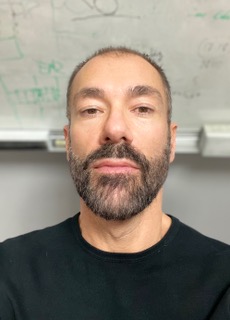
Dr. Kostas Kloukinas, CERN, Geneva, Switzerland.
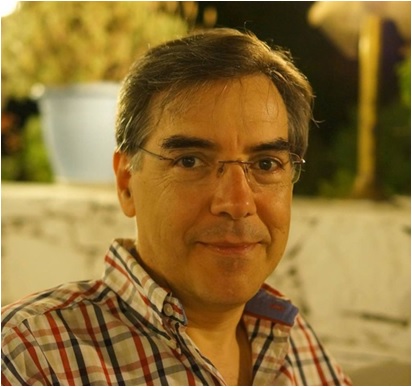
Title: Developing complex front-end read out systems and ASICs for HL-LHC experiments; the CMS Outer Tracker case
Abstract:
This talk presents the challenges and the design methodologies involved in the development of modern front-end readout systems and ASICs employing real-time on-detector particle momentum discrimination for operation in harsh radiation environment associated with experiments in the HL-LHC at CERN. The presentation covers several key areas including, front-end system level modeling and simulation, ASIC design conception, implementation and verification, low power design techniques and radiation hardness design methodologies. The talk uses the front-end readout system of the CMS Outer Tracker for HL-LHC upgrades as a case example. The presentation concludes by discussing the potential impact of these design methodologies on future particle physics detectors.
Short CV:
Kostas Kloukinas is a senior staff applied physicist and a team leader in the Microelectronics Section in the Experimental Physics Department at CERN in Geneva, Switzerland. Kostas is specializing in the fields of electronics and microelectronics engineering. He has worked for many years in the conception, development and commissioning of readout and control systems for particle physics experiments focusing on the design of low-power, radiation-tolerant ASICs for on-detector electronics. He has led several ASIC projects and he is the coordinator of the ASIC design support and Foundry access services that CERN provides to its collaborating Institutes and Universities in the High Energy Physics community. His research interests are in the field of low power, radiation tolerant ASIC design on advanced semiconductor processes. He is author and co-author of about 60 publications and has been an IEEE member since 1997.
Dr. Michael Campbell, CERN, Geneva, Switzerland
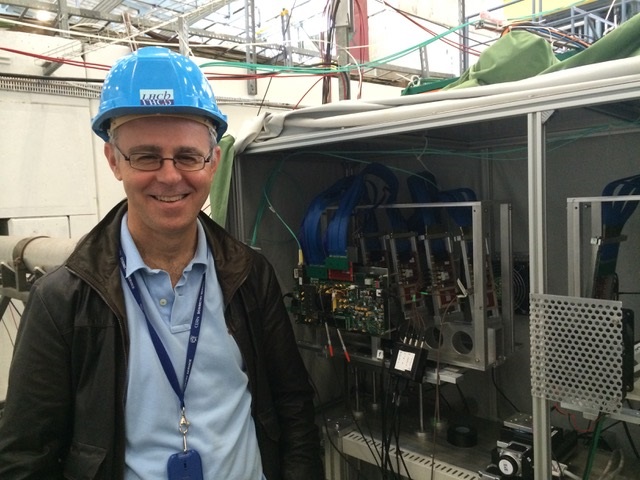
Title: Hybrid pixel detectors: from the discovery of the Higgs Boson to advances in medical imaging
Abstract:
On July 4, 2012, the ATLAS and CMS experiments at CERN’s Large Hadron Collider (LHC) announced the discovery of the long sought-after Higgs boson. This was the culmination of a huge scientific endeavor involving theorists, detector, and machine physics and an army of engineers and technicians. The presentation will start with a lay-person’s description of a large high-energy physics experiment and review some of the challenges presented for detector and ASIC designers by the LHC environment. The talk will then focus on inner tracking detectors based on hybrid pixels. Such detectors provide the possibility of unambiguous (noise hit free) particle detection with high spatial resolution, an essential feature for disentangling complicated particle collisions taking place 40 million times per second. The same technology has been adapted for applications beyond high-energy physics in successive generations of the Medipix and Timepix chips. That work has led to numerous novel applications stretching from particle detection in classrooms to recent ground-breaking results in spectroscopic medical X-ray imaging. Particle detection in real time will be demonstrated and a number of related applications described.
Short CV:
Michael Campbell is a team leader in the Microelectronics Section in the Experimental Physics Department at CERN in Geneva, Switzerland where he has worked for over 30 years. He was one of the pioneers of pixel detector readout and of the use of radiation-hard-by-design techniques for ASICs both of which are now exploited widely at the Large Hadron Collider experiments. He is spokesperson of the Medipix2, Medipix3 and Medipix4 Collaborations who seek to disseminate pixel detector technology to many different fields. He has acted as host of a series of bi-annual workshops on Medical Applications of Spectroscopic X-ray Detectors at CERN. Michael received his PhD from the University of Strathclyde, Glasgow, Scotland (his native city) and has authored several hundred scientific publications. In 2016, he was appointed Honorary Professor of the Department of Physics and Astronomy at the University of Glasgow.
Dr. Christos Zamantzas, CERN
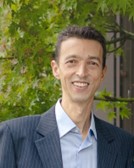
Title:
Development of Radiation-Tolerant and High-Reliability Beam Loss Monitoring Electronics for HL-LHC at CERN
Abstract:
The Large Hadron Collider at CERN holds an unprecedented amount of energy in its circulating beams. The loss of even a small fraction of a beam can induce a quench in the superconducting magnets or cause physical damage to machine components. The Beam Loss Monitoring (BLM) system is crucial for machine protection and optimization. The system was designed with reliability and availability in mind, and it follows strict operational and fail-safety standards to ensure its functionality, and to maintain the expected reliability requires extensive continuous testing and verification.
This presentation will explore the current BLM system, focusing on its limitations and operational needs. It will also present solutions that we envision to address these issues in the upcoming upgrade for the HL-LHC era. These solutions include custom-designed radiation-hard integrated circuits (ASICs), electronic modules, and power supplies that can withstand the harsh environment of the machine. Additionally, real-time processing, telemetry, and supervision functionalities will be implemented to improve availability and facilitate on-time maintenance.
Short CV:
Dr. Christos Zamantzas completed his studies with a BEng & MEng in Electronic & Computer Engineering at Brunel University, UK, and holds a PhD in Real-Time Data Analysis and Decision Systems for Particle Flux Detection. He has been working at CERN in Switzerland since 2002 and has been leading the Beam Loss Measurements section in the Beam Instrumentation group since 2016. He is an expert in electronics engineering, particularly in the fields of Field-Programmable Gate Arrays (FPGAs), and the design of reliable electronics for safety-critical systems. He has been at the forefront of testing and implementing radiation-hard electronics and FPGAs for high-reliability systems. Together with his team, he takes responsibility for one of the largest and most complex instrumentation systems essential to LHC operation, ensuring excellent availability and machine protection. In his free time, he enjoys scuba diving, music, snowboarding, and traveling.
Dr. Yannis Papaphilippou, Principal Accelerator Physicist, CERN
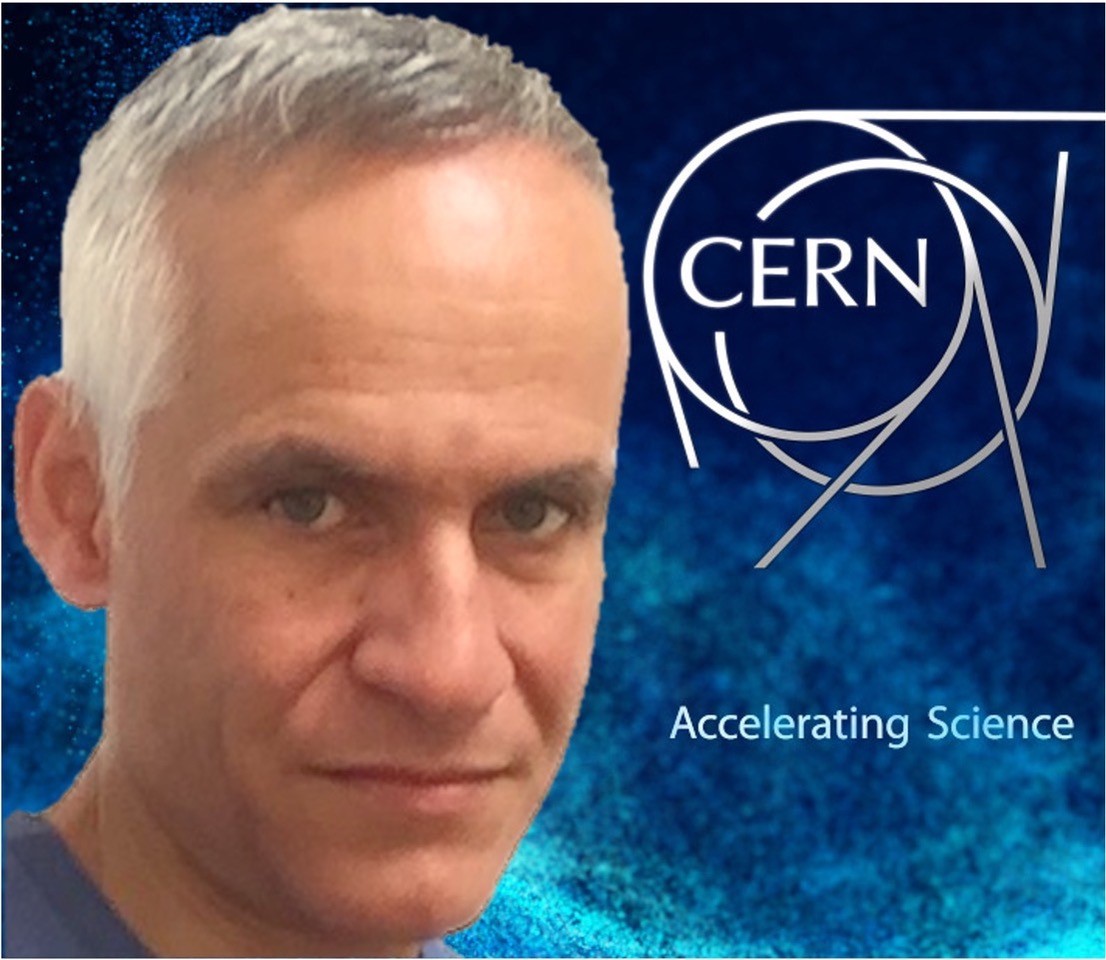
Title: Present and Future Accelerator Physics Challenges at CERN
Abstract:
This talk will review the challenges at the forefront of accelerator physics research as emerging for operating and future accelerators at CERN, through theoretical, numerical and experimental studies. It will include the LHC Injector Upgrade (LIU) implementation and performance ramp-up for protons and ions, the LHC Run 3 for paving the path towards High Luminosity-LHC (HL-LHC), and the study and development of new concepts for the design of future circular and linear colliders such as FCC, CLIC, the Muon Collider, and for accelerators with applications in medicine and industry. Finally, the testing of new acceleration, beam manipulation and measurement techniques in AWAKE and CLEAR accelerator test facilities and the development and support of accelerator physics computer codes using state of the art algorithms and high-performance computing resources will be addressed.
Short CV:
Yannis Papaphilippou is a Principal Accelerator Physicist at CERN with ~30 years of research and professional experience. He received his diploma of Physics from the Un.of Athens (1988-1992) and pursued post-graduate studies in the Un.of Paris with a DEA in Astrophysics (1993) and a PhD in non-linear dynamical systems (1997), conducted in the Observatory of Paris. His activities in accelerator physics and beam dynamics started with an EU post-doctoc at INFN-Legnaro and a senior fellowship at CERN. After holding staff positions at Brookhaven National Laboratory (BNL) and European Synchrotron Radiation Facility (ESRF), he moved back to CERN, as staff applied physicist of the Accelerator and Beam Physics (ABP) group (2005). He worked on the operation of several lepton and hadron accelerator rings (ESRF, PS, SPS, LHC), design studies and upgrades (SNS, HL-LHC, LIU, CLIC, FCC) and coordinated activities for the low-emittance rings community within European projects (TIARA, EUCARD2, ARIES, I.FAST). During 2016-2020, he led the Hadron Synchrotron Incoherent effects section of the ABP group, and, in 2021, he was appointed as the group leader. He has supervised an important number of students and post-doctoral fellows in research themes such as optics design, non-linear dynamics, intrabeam scattering, space-charge, beam-beam, luminosity modelling and optimisation, with results published in more than 400 scientific papers and technical reports. For more than 20 years, he has lectured in accelerator schools (USPAS, JUAS, Linear Collider school, CAS) and as visiting professor of the Un. of Thessaloniki (since 2017) on topics ranging from general accelerator physics, optics, linear and non-linear correction, non-linear beam dynamics, high-intensity and low emittance rings' design.







